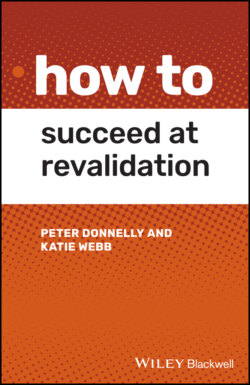Читать книгу How to Succeed at Revalidation - Peter Donnelly - Страница 11
Self‐Regulation
ОглавлениеWhile we will explore self‐regulation in relation to medicine in greater detail later in the chapter, the concept of self‐regulation has been defined as a contract between the profession and the public (represented by the State). As a part of the contract, the profession promises that all members of the public will be served by good doctors and protected from bad ones. In turn the public, via the State, gives the profession a high level of autonomy over its own affairs. There are arguments for and against self‐regulation. The first in favor of self‐regulation is that medicine is so complex that doctors themselves are best placed to define standards that differentiate between good and unacceptable practice. The second argument is that if doctors as a body have a sense of ownership of these standards, then they are more likely to adhere to them. The argument goes that such a model of self‐regulation, if balanced with processes to ensure the public has a loud voice, is the best to achieve the desired outcome – a safer service for patients.
Professional regulation has two key elements. The first is at the level of the individual doctor. This requires individual doctors to exercise self‐discipline. This requirement is of paramount importance considering the clinical scenarios facing most doctors on a daily basis where they have to make decisions, with patients, based on less than optimal evidence (Bate et al. 2012).
The second element lies at the collective level where the profession as a whole is required to ensure that current practice, in general, is in line with the accepted standards in operation at that time. These standards are by their nature changing frequently. For example, the legal framework underpinning the process of obtaining consent in the UK changed significantly after the Montgomery case in 2015 (Chan et al. 2017).
In order to set the context for the current regulatory framework in medicine, explored in Chapter 3, the history of the evolution of regulation for nursing, physiotherapy, and medicine will be briefly explored here. The evolution of regulation of each of these professions are intrinsically linked as the social and political pressures and levers have been similar for each.
